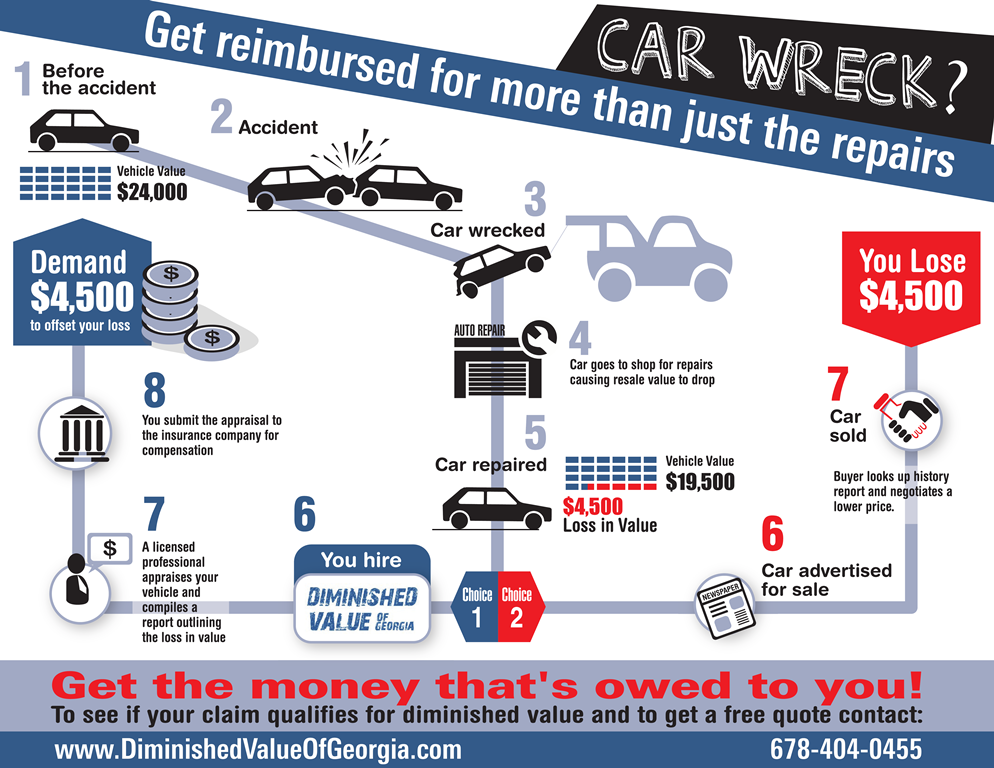Seeking Clarity On The Caution Lights Displayed On Your Cars And Truck'S Dashboard? Learn Just How They Associate With Your Vehicle'S Health And Safety
Seeking Clarity On The Caution Lights Displayed On Your Cars And Truck'S Dashboard? Learn Just How They Associate With Your Vehicle'S Health And Safety
Blog Article
Team Writer-Boye Shepherd
When you're behind the wheel, those glowing warning lights on your control panel can be a bit difficult. Do you recognize what they're attempting to inform you regarding your auto's health? Comprehending the relevance of these lights is essential for your safety and security and the long life of your vehicle. So, the following time one of those lights pops up, wouldn't you wish to decipher its message precisely and take the essential actions to resolve it?
Common Caution Lights and Interpretations
Recognize usual caution lights in your auto and understand their significances to guarantee secure driving.
The most typical warning lights include the check engine light, which indicates issues with the engine or emissions system. If this light comes on, it's crucial to have your automobile checked promptly.
The oil pressure cautioning light suggests low oil pressure, needing immediate interest to avoid engine damage.
A flashing battery light could recommend a defective charging system, possibly leaving you stranded if not dealt with.
The tire stress surveillance system (TPMS) light signals you to reduced tire stress, influencing lorry stability and fuel performance. Neglecting this can bring about hazardous driving problems.
The abdominal light indicates an issue with the anti-lock braking system, jeopardizing your capacity to quit swiftly in emergency situations.
Finally, the coolant temperature cautioning light warns of engine getting too hot, which can cause severe damages if not dealt with quickly.
Understanding these usual warning lights will certainly aid you address issues quickly and preserve safe driving conditions.
Importance of Prompt Focus
Comprehending the typical warning lights in your vehicle is only the very first step; the significance of promptly dealing with these warnings can't be emphasized enough to ensure your security when traveling.
When https://brakes-plus51728.kylieblog.com/32624026/mobile-car-explaining-enhancing-your-lorry-s-look-on-the-go illuminates on your dashboard, it's your vehicle's method of connecting a prospective issue that requires attention. Overlooking these warnings can result in more extreme problems down the road, compromising your security and potentially costing you much more out of commission.
Motivate attention to cautioning lights can avoid failures and mishaps. For instance, a blinking check engine light could suggest a misfire that, if left ignored, could cause damage to the catalytic converter. Resolving this promptly can save you from an expensive repair work.
In Read the Full Piece of writing , a brake system advising light may signal low brake fluid or used brake pads, essential components for your safety and security when driving.
Do It Yourself Troubleshooting Tips
If you notice a warning light on your dashboard, there are a few do it yourself fixing ideas you can try before looking for expert aid.
The very first step is to consult your vehicle's manual to comprehend what the particular caution light indicates. Often the issue can be as easy as a loose gas cap activating the check engine light. Tightening up https://brake-fluid-price06273.blazingblog.com/32178929/surprisingly-convenient-mobile-cars-and-truck-describing-solutions-not-only-save-you-time-and-money-yet-likewise-enhance-your-lorry-s-long-life-find-how-they-can-transform-your-regular might solve the issue.
Another common problem is a reduced battery, which can trigger various warning lights. Examining the battery connections for deterioration and ensuring they're secure may fix the problem.
If a caution light persists, you can try resetting it by disconnecting the automobile's battery for a few mins and then reconnecting it. Additionally, inspecting your vehicle's liquid levels, such as oil, coolant, and brake liquid, can help troubleshoot alerting lights connected to these systems.
Final thought
To conclude, understanding your car's caution lights is necessary for keeping your car running smoothly and securely. By immediately addressing these alerts and recognizing what they suggest, you can avoid costly repair work and prospective break downs.
Bear in mind to consult your cars and truck's handbook for certain details on each advising light and act accordingly to guarantee a trouble-free driving experience.
Stay educated, remain risk-free on the road!
